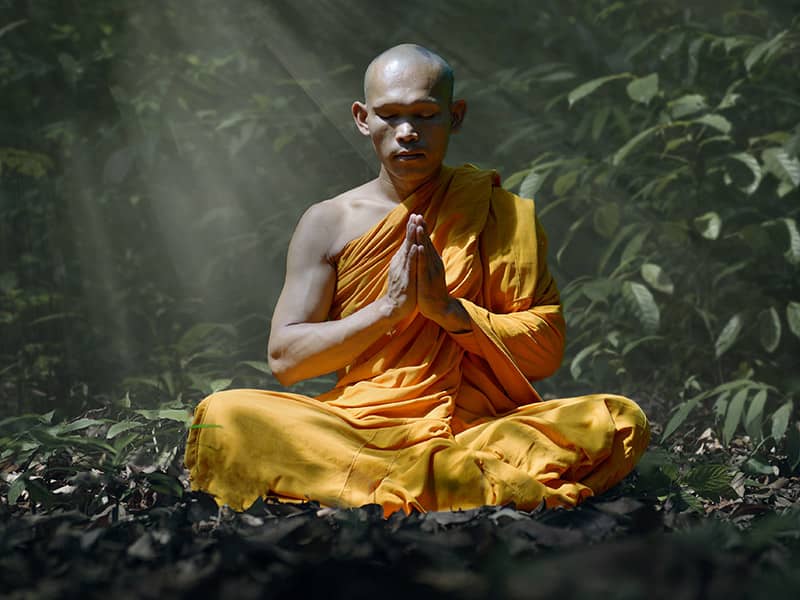One morning after spending the night at [my friends] Rand and Rob's, I sat perched upon the grassy knoll just above the little house that served as Lama Yeshe and Lama Zopa's abode. Lama Yeshe pushed open his door, toothbrush in hand and towel draped across his arm, heading for the bathroom on the other side of the house. For a brief moment he paused, looked up at me piercingly, and before continuing his journey, said, "Living with pride and humility in equal proportion is very difficult, isn't it? Very difficult!"
 |
 |
 |
 |
|
|||
 |
It is the trauma of slavery that haunts African Americans in the deepest recesses of our souls. This is the chief issue for us, the issue that must be dealt with head-on--not denied, not forgotten, not suppressed. Indeed, its suppression and denial only hurt us more deeply by causing us to accept a limiting, disparaging, and at times even repugnant view of ourselves. We as a people cannot move forward until we have grappled in a serious way with all the negative effects of this trauma. With just a glance that morning, Lama Yeshe had captured my heart's dilemma: How to stand dignified, yet humbly, in the world?
I was soon to discover that Tibetan tantric Buddhism offers tools to help with this dilemma, for it provides methods that show both how to get at those deep inner wounds and how to heal them. One method, for example, employs the meditative notion of divine pride. According to this theory, we are all inherently pure, or divine, at our cores. Our task is to realize this truth.
There is, of course, a very fine line between confidence and arrogance. Belief in one's own innate purity and power can easily be confused with an all-too-human pridefulness. The consequence of understanding this crucial distinction, and of thereby going astray, is the creation of more suffering rather than the elimination of it. Hence the great need for a true and authentic guide on this most important journey of discovery. This fact was brought home to me personally and powerfully in the ensuing weeks.

| ||
| I would finally get to be with the wisdom-being, the master teacher I wanted and deserved. Surely, pride goeth before the fall. | ||
 |
I made my way to Geshe Rabten's place in Dharamsala [India, the capital-in-exile of the Dalai Lama]. He was actually in retreat, living in an old mud-caked hut out in the woods. I waited outside the hut while [his attendant] Gonsar introduced me. When he motioned me inside, I touched my hands together in anjali and began to bow to Geshe Rabten. But suddenly, Geshe Rabten abruptly cut me off, delivering a long and seemingly angry tirade in Tibetan. Clearly I had done something wrong. After a while, Gonsar Rinpoche translated: "Geshe-la wants to know why you arrived late," he said.
"I beg your pardon?" I began, but a longer outburst from Geshe Rabten followed. I couldn't understand how he knew that I could have arrived sooner. Lama Yeshe gave me a letter of introduction, and since I was carrying that letter, how could Geshe Rabten know that I had stopped off [to see a friend on the way]?
He didn't want to hear any excuses. He asked nothing about my background or personal history and didn't care who I was or where I had come from. He was my teacher, I had been sent by one of his disciples and he would teach me. That was all. I was told to take a seat. He began right away, that very day. After getting over the shock of that first meeting, I felt like I was in paradise.

| ||
| Lama Yeshe knew that my seeming arrogance was only the flip side of my low self-esteem, and that low self-esteem was my deepest and oldest wound. | ||
 |
I tapped gently on the door and slowly entered. Lama Yeshe was quietly talking with them. Then, suddenly, he looked up at me with what seemed a completely different look in his eyes, almost like anger. Before any of us knew what was happening, Lama Yeshe pointed his finger at me and began yelling in Tibetan. The string of words that issued from his mouth sounded exactly like those Geshe Rabten had used at our first meeting. Lama Yeshe had never spoken to any of us like this before. Randy and Rob, like me, were completely stunned.
 |
 |
 |
 |
|
|||
 |
I fell forward on the tiny floor, bowing to Lama Yeshe, and sobbing full-force. I asked his forgiveness. He had seen into my heart and soul. It struck me that such wisdom and compassion are truly inconceivable. And I knew--from that moment--that I could trust Lama Yeshe to be my teacher and my guide.

